Mercedes-Benz Vision One-Eleven Concept Debuts With Gullwing Doors, Axial Motors

Everyone loves a good 1970s remake, but sometimes, recasting something from the disco decade in the modern era can feel out of place. But when the something in question is the fabulous Mercedes-Benz C111 experimental prototype, it’s hard to mess things up too much. Anything with gullwing doors, aerodynamic styling, and a hood-mounted star is going to be a knockout. Such is the luck of the newly revealed Mercedes-Benz Vision One-Eleven concept.
Designed and built at the company’s International Design Center in Carlsbad, California, the Vision One-Eleven is a clear homage to that experiment from the 1970s. But while the original, 15-unit run of Mercedes-Benz C111s sported four-rotor rotary, five-cylinder diesel, and turbocharged V8 engines, the latest concept is a styling exercise and little else. That’s the only bummer for the otherwise bold, cohesively designed Vision One-Eleven.
The show car’s roots are plainly evident in the gullwing doors, which also hearken back to the legendary 1954 300SL, but there are a number of other details that tie the Vision One-Eleven to its forebears. An oval-shaped front end with three hash-mark vents at the corners is an obvious link to the C111, as are the dual circular taillights on the pixelated rear graphic. The twin hood vents painted in black likewise recall the 1970s prototype, though they now lead directly to a canopy-style roof.
That’s because, unlike the wedgy C111, the Vision One-Eleven makes use of the Mercedes-EQ “one-bow” design language, with a curvy, cab-forward appearance. The fuselage-style body looks as though it rests upon the aero kit, consisting of front and side splitters and an aggressive rear diffuser, rendering the original C111’s orange and black color scheme in a more functional way. And at just 46 inches, the Vision concept is only about 2 inches taller than its forebear – uncommonly low for an electric vehicle thanks to one neat piece of technology.
Axial-flux electric motors designed by company subsidiary YASA enable the low stance. In contrast to the radial-flux traction motors found in other Mercedes EVs, axial-flux units are 66 percent more power-dense, giving engineers more flexibility as to their placement. In the Vision One-Eleven, the distinctively bulged wheel arches suggest the axial-flux motors are placed out near the wheels, with possibly four individual motors giving it a total of 1,000 kilowatts (or 1,300 horsepower, if you like). Of course, this is all theoretical, as the Vision One-Eleven is a styling exercise, not a powertrain testbed.
The low stance enabled by the thin electric motors pays dividends in the cabin, where the Vision One-Eleven’s silver, orange, and white color scheme is a pure 1970s Dreamsicle. Low bucket seats place the occupants’ feet above their backsides, as in a Formula 1 racing car, but there’s an airy feel to the cabin thanks to the full-length canopy glass, narrow dashboard that’s open near the base of the windshield, and the hex-screened side glass. Theoretically, the Vision One-Eleven will have an augmented-reality interior, with virtual buttons for the infotainment and navigation floating above blank surfaces.
Mercedes-Benz hasn’t announced if its latest concept is a foretelling of things to come from the brand, but it doesn’t seem likely that the automaker will bring out a low-slung, fully electric gullwing supercar any time soon. Still, elements of the Vision One-Eleven will appear in future Mercedes vehicles, with YASA axial-flux electric motors destined for AMG productsw thanks to their comparatively light weight and high output. So while the Vision One-Eleven will likely be confined to a show stand for its entire life, it’s still fun to see Mercedes-Benz embracing its past in such a forward-looking design.
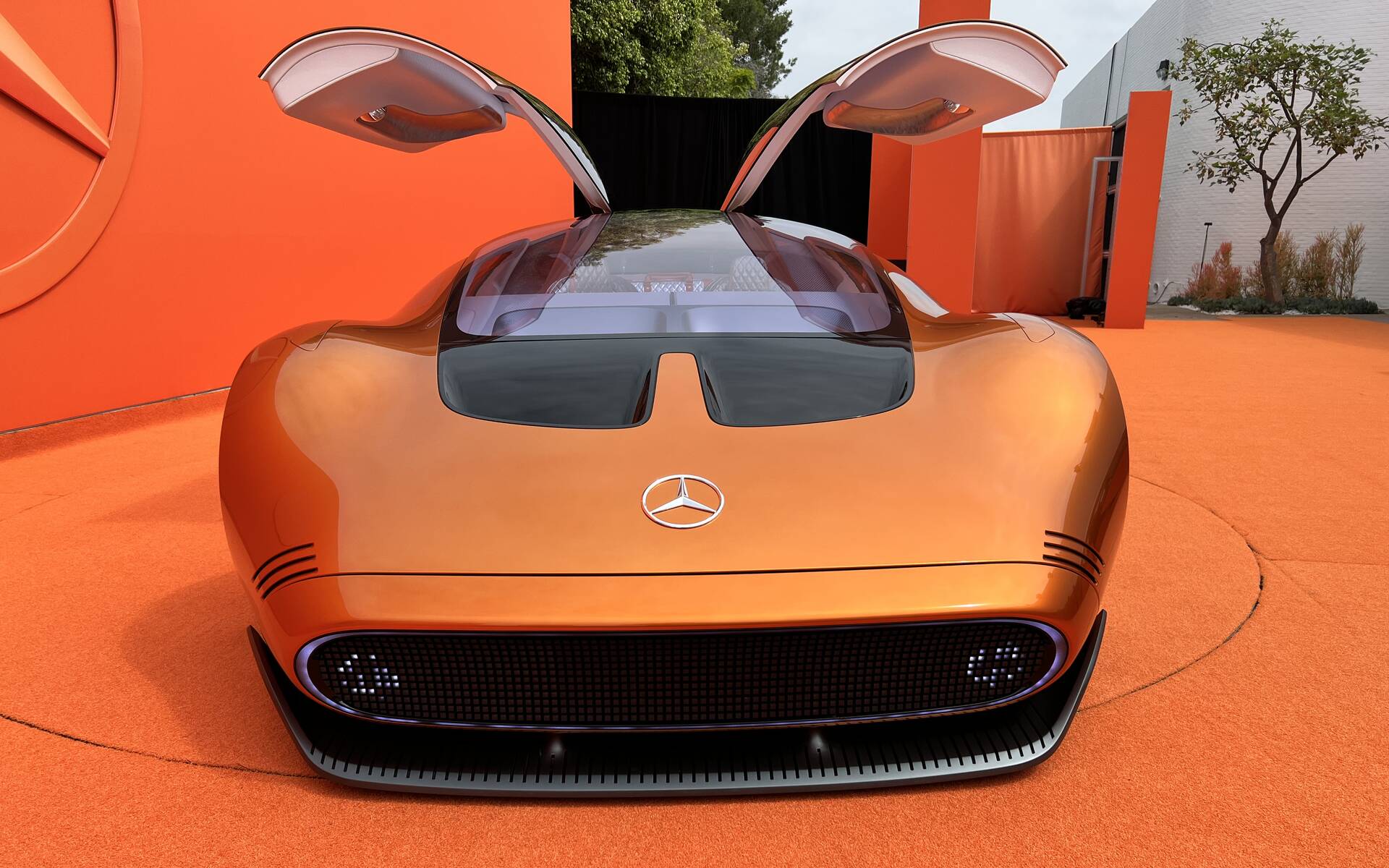
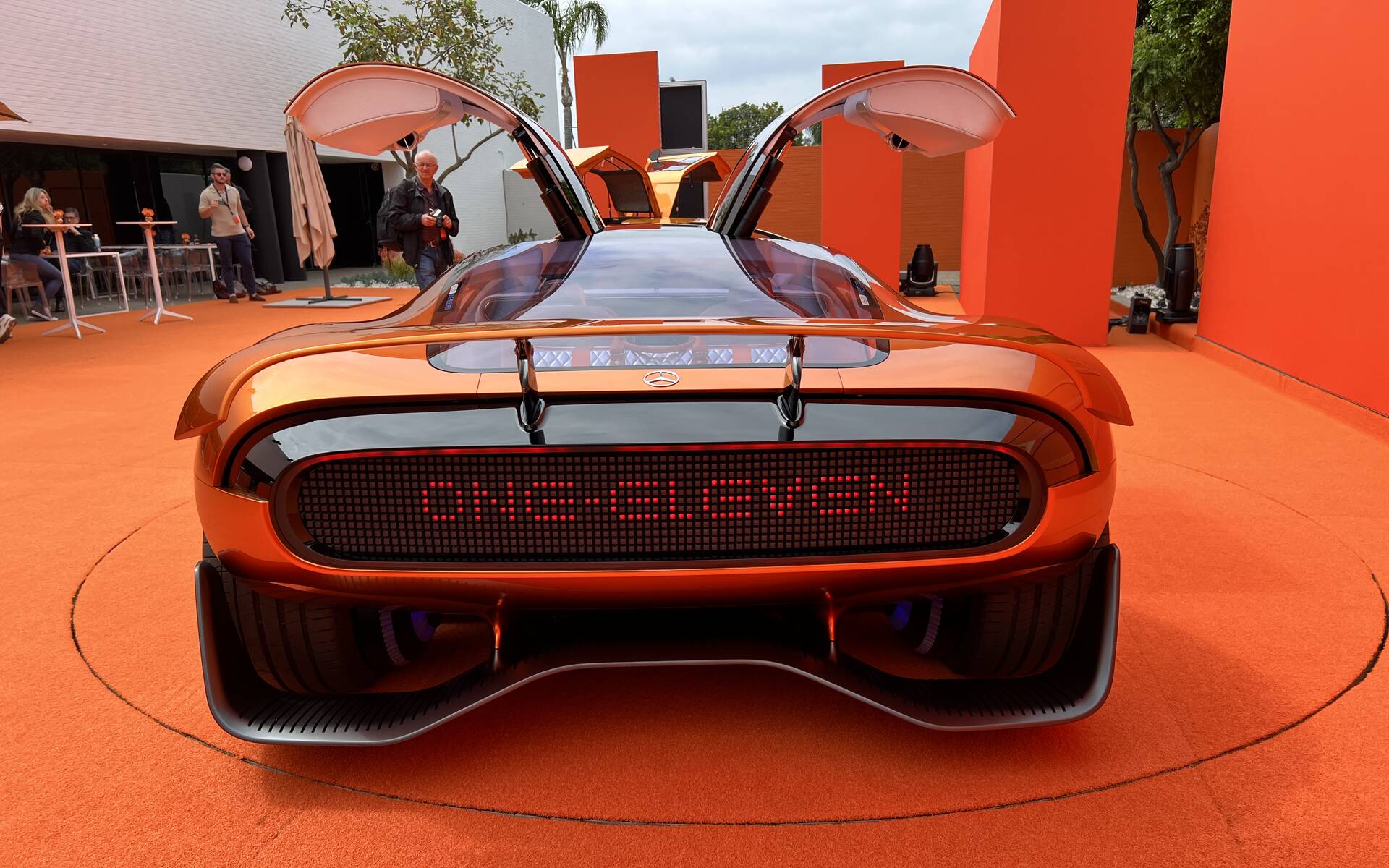
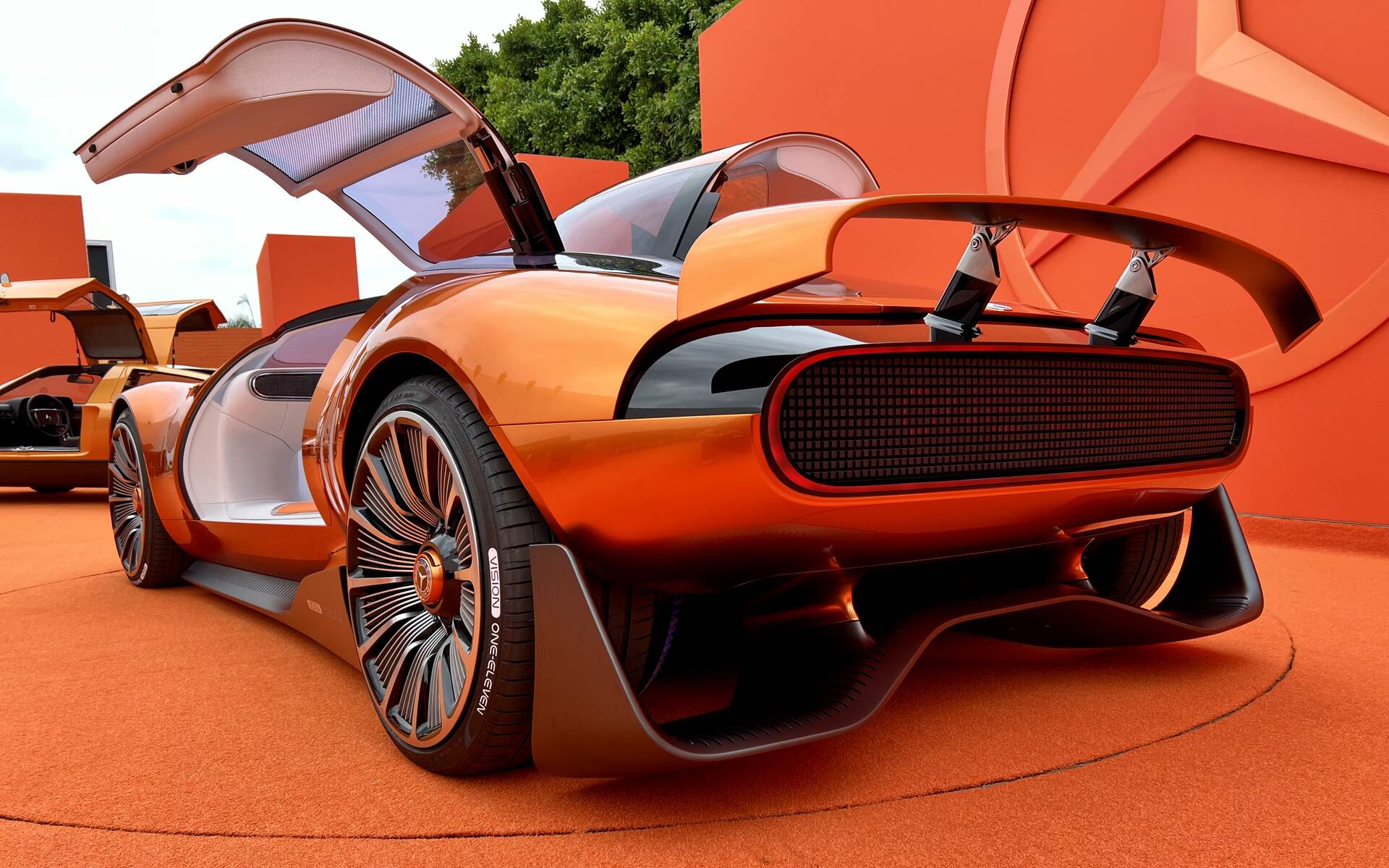
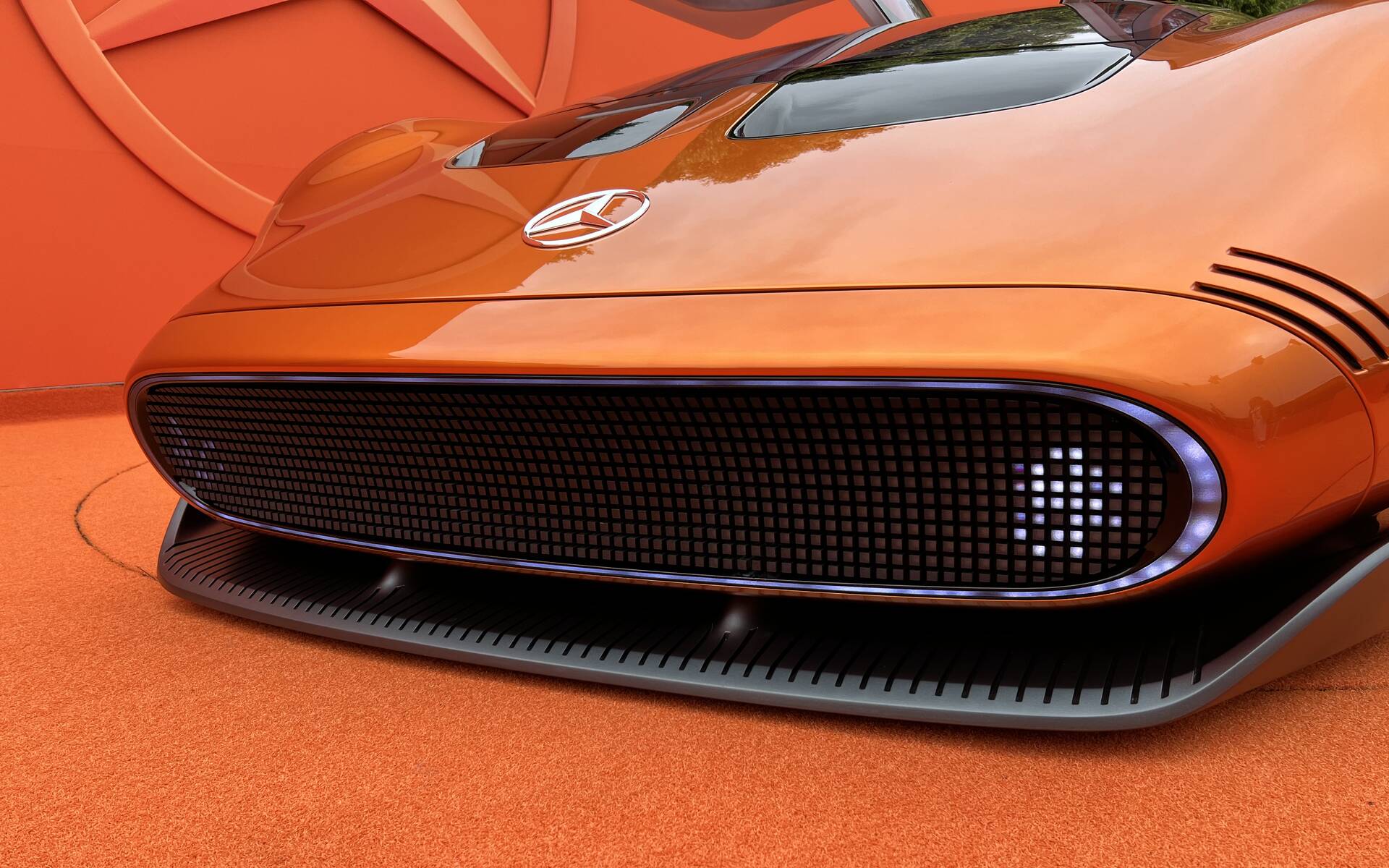
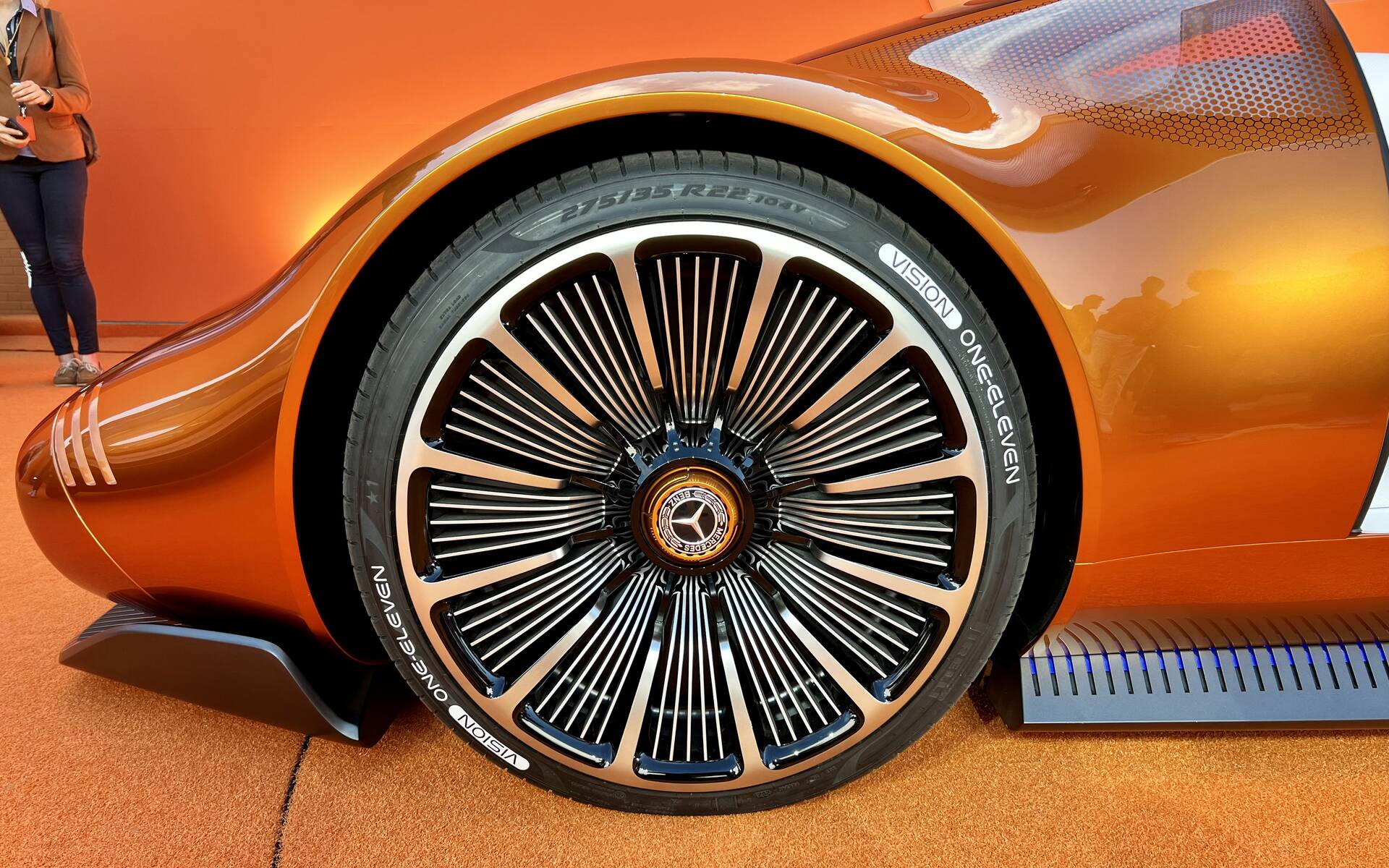
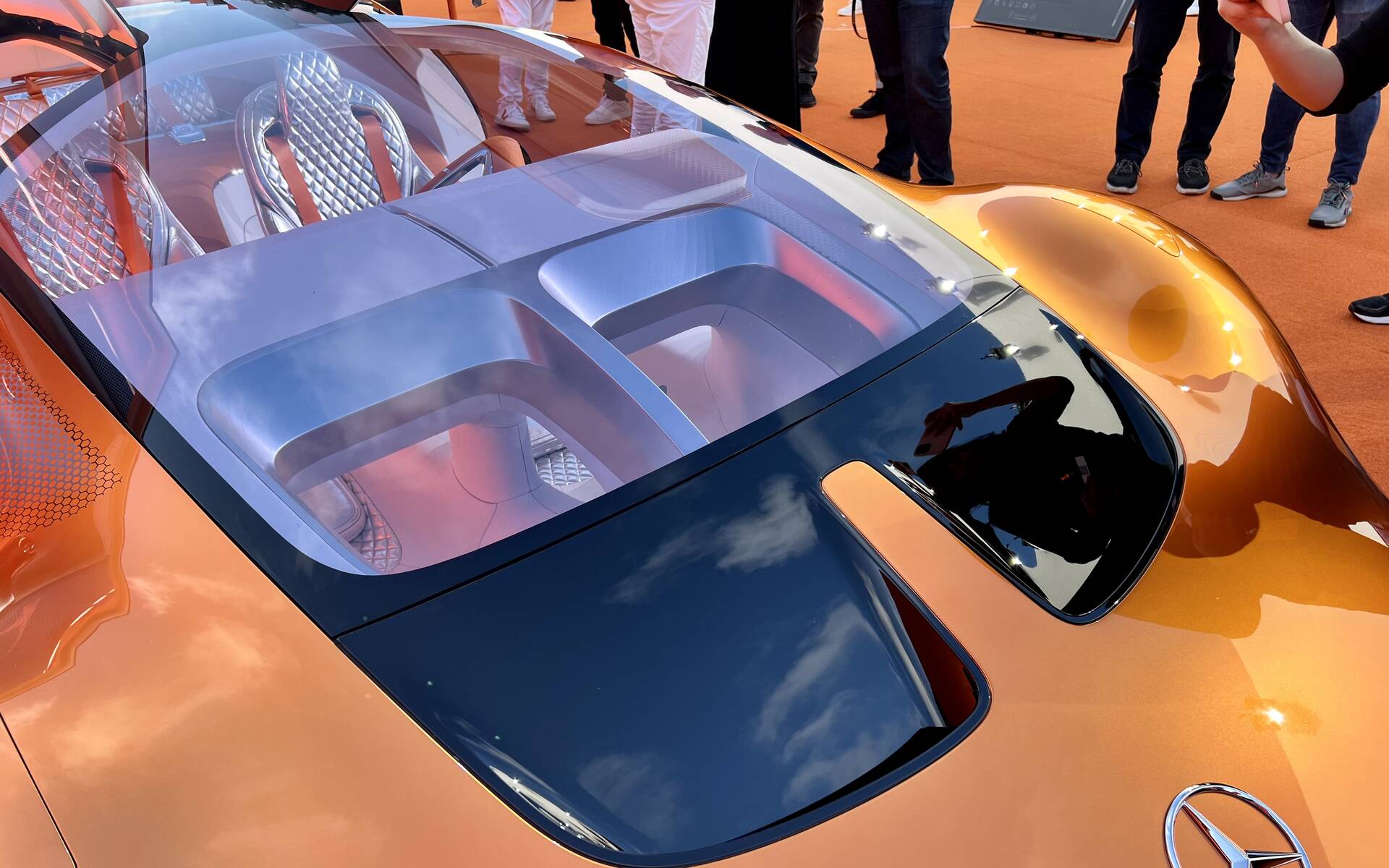
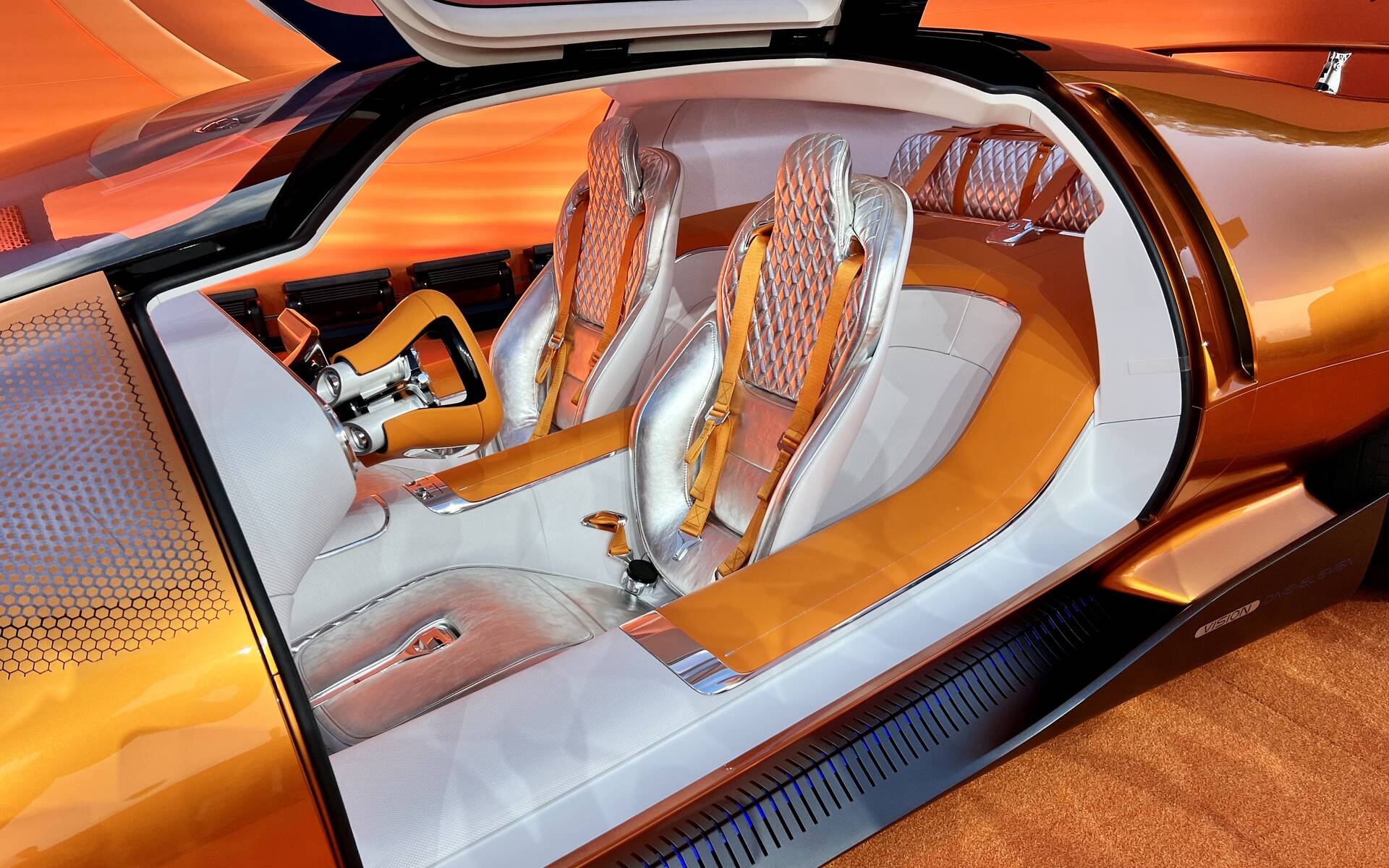
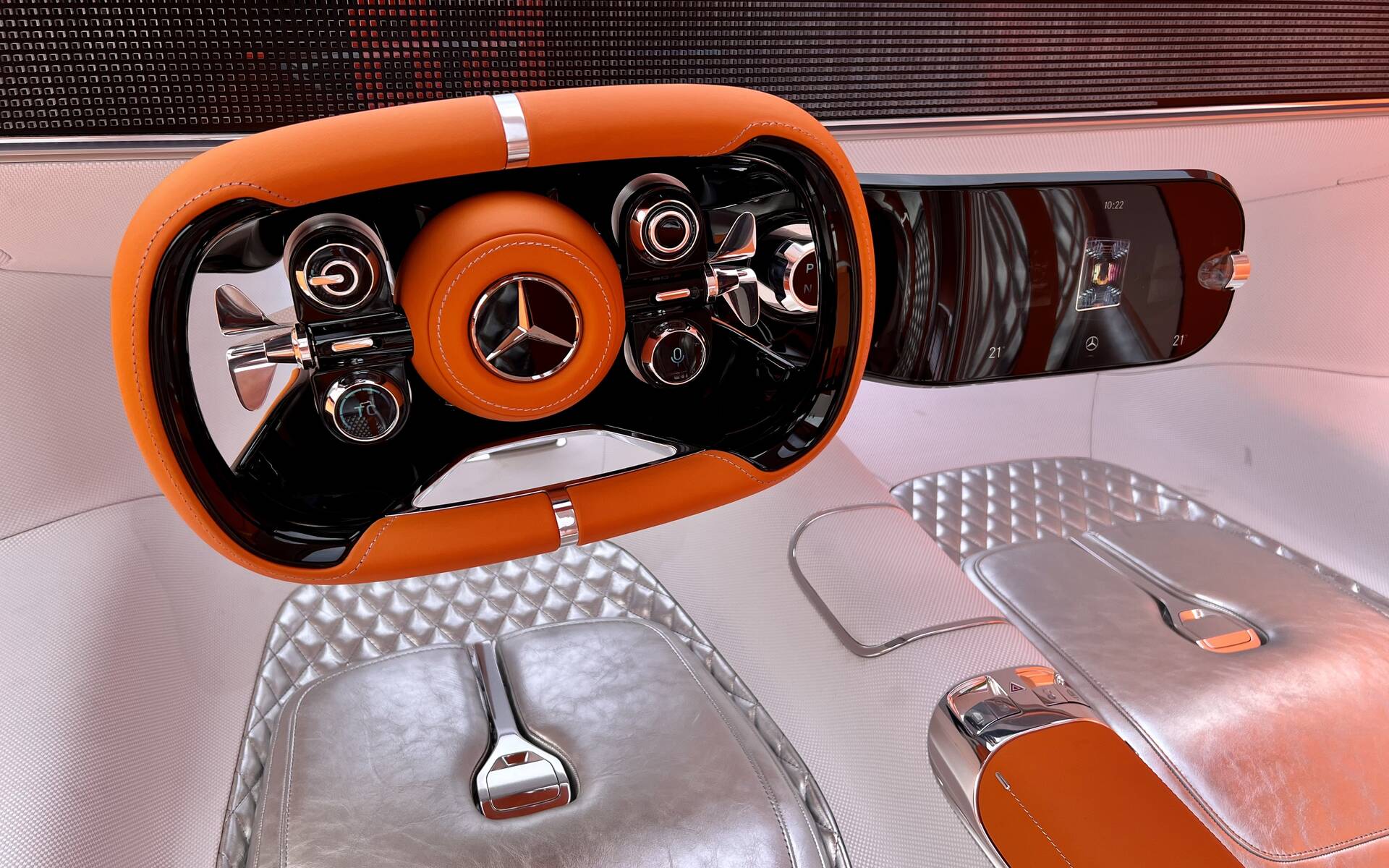
Related News
